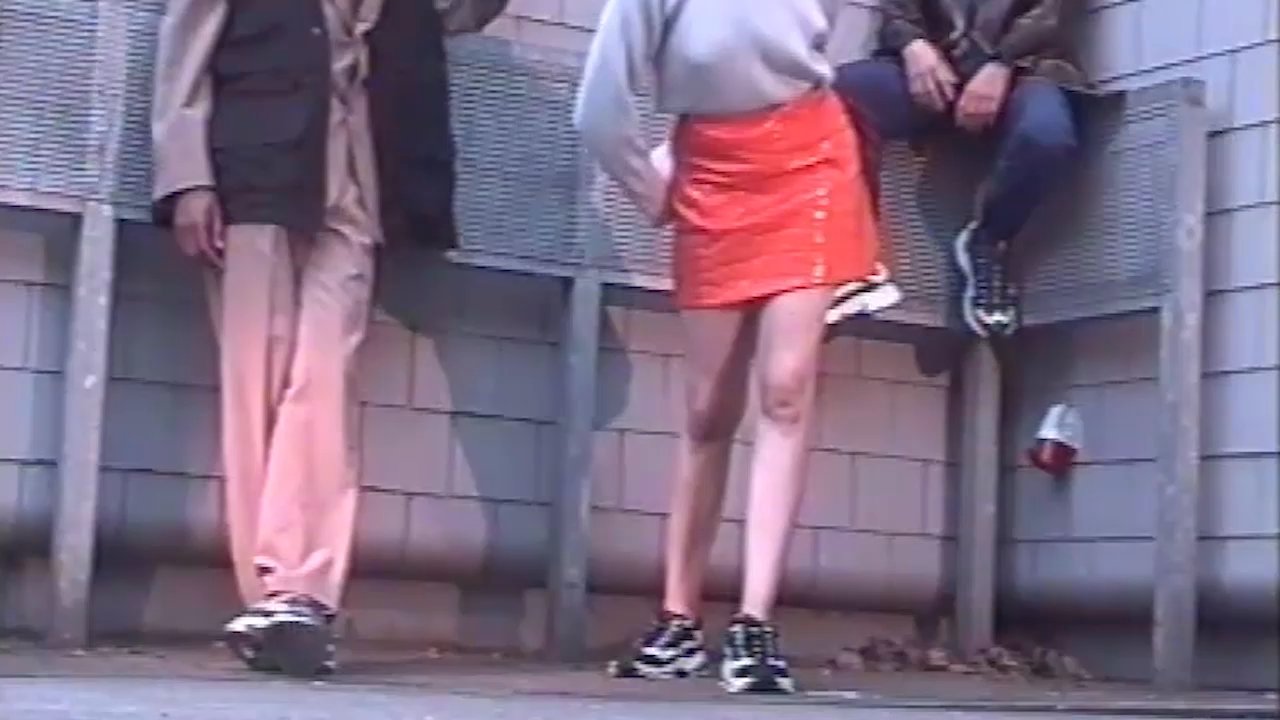
.bg-image.parallax__element.px-full-width-media__background { position: absolute; transform: translate3d(0, 0, 0) !important; height: 100% !important; } .hs__custom-header a { color: #fff; text-decoration: underline; } .hs__custom-header a:hover { color: #fff; text-decoration: underline; opacity: 0.8; } .hs__custom-header { position: relative; color: #fff; padding: 280px 0; } .hs__fading-background { position: absolute; top: 0; left: 0; } .hs__custom-heading { text-align: center; margin-bottom: 150px; } .hs__custom-heading .headline-element:first-child span { text-transform: uppercase; } .hs__custom-heading .headline-element span { font-size: 3.5294117647rem; } @media (max-width: 39.99em) and (min-width: 23.4375em) { .hs__custom-heading .headline-element span { font-size: 1.4117647059rem; } .hs__custom-heading { margin-bottom: 50px; } .hs__custom-header { padding: 80px 0; } }
One of the most talked-about trends in footwear today is the chunky sneaker. Their soles are block-like, their colorways are generally retro, and they defy what we consider to be in good taste, and that’s why they’ve been aptly dubbed dad sneakers and ugly sneakers. So for a shoe that’s not always particularly flattering, their popularity can be perplexing.
How we’ve arrived at this moment in fashion, however, isn’t entirely unclear. Our appetite for ’90s and ’00s culture hasn’t been satiated: we continue to reboot television shows, listen to throwbacks as if time hasn’t passed, and dress in manners that evoke nostalgic memories of our youth. That’s one reason why chunky sneakers have been given permission to exist in 2018, and why some brands have successfully revived the style. Look no further than Balenciaga’s Triple S sneakers, an $850 shoe that regularly sells out, as proof. Look even closer, and you’ll discover a nod to one of the original chunky sneakers of the ’00s: Skechers’ D’Lites.
As Highsnobiety’s footwear editor, Chris Danforth, commented in September 2017: “It’s hard to refute the clear similarities between Balenciaga’s Triple S and Skechers’ D’Lites silhouette. The rubber toe cap, heel tab, midsole arch, and treaded outsole all begin to form the case, but it’s really the Triple S tongue branding that makes any comparison difficult to refute. The typography used by Balenciaga may as well have come from the Skechers branding manual.” Not only are the comparisons fair, but the D’Lites rightfully have a place in a conversation about chunky sneakers.
The D’Lites first hit the market in October 2007 and were introduced as a lightweight version of Skechers’ Energy and Premium sneakers. “It was only sold in the U.S. even though it was still one of Skechers’ top-selling shoe styles at that moment,” Brian Shim, the head of Skechers product team in Korea, tells me over email. Throughout the years, the D’Lites found success overseas in countries including China and Korea. “In 2016, we introduced D’Lites 2, also known as Flow Rider, and a retro basketball-inspired D’Lites Train. For this launch, we used EXO, which was the top Korean boy band as spokespersons, and the result was phenomenal,” Shim recalls. Skechers’ influence on footwear is undeniable, whether stateside or globally; in fact, it’s the third-largest athletic footwear brand in the U.S., and many other markets, earning more than $4.16 billion last year.
While it’s easy to credit those numbers to the unwashed masses, fashion's and streetwear’s present-day acceptance of chunky sneakers as likable has paved the way for D’Lites to tiptoe onto street style blogs and Instagram feeds. Again: Why? Well, there’s more to it than just a fixation with the ’90s and ’00s. Famed fashion journalist Suzy Menkes once described Prada’s Spring/Summer 1999 collection as ugly—ugly to the eye that’s used to seeing beautiful things, that is. She explained that it wasn’t ugly, of course, but that it was a style of dressing our eyes weren’t accustomed to seeing at the time (a high-fashion athleisure, to be specific). Menkes’ notion of ugly helps explain the rise of chunky sneakers. In the way that high-low dressing creates a beautiful tension between aspirational and accessible (say, a Saint Laurent suede harness boot with Gap jeans), so does pairing what we perceive to be ugly with what we perceive to be tasteful (say, Skechers’ D’Lites with a Jil Sander suit). The resulting style is baffling, ironic, and individual.
“I think as streetwear does become more mainstream, and brands like Palace, Supreme, and BAPE are adopted by the mainstream, certain people will cosign alternative brands to stand out. Skechers is one of those brands,” Danforth tells me via email. “Many sneakerheads today are chasing the same releases and the same shoes, so a brand that is somewhat against the grain, like Skechers, it might be a refreshing brand to wear. Someone wearing Skechers is probably a person who is trying to establish themselves as alternative.”
Skechers, fully aware of the chunky sneaker trend, is now gearing up to release the D’Lites 3, a more trend-driven version of the original design, which, for the first time, will be launched globally instead of being exclusive to a country. The silhouette features a chunkier outsole and an updated upper. “Brands like FILA, PUMA, adidas, and even Nike all have shoes in the market that can relate to this trend,” states Shim. “This is something that Skechers has been known for since the brand started, and we will continue to make this one of our iconic shoes in the future.”
While we may not be nostalgic for images of Britney Spears and Christina Aguilera modeling Skechers, the D’Lites, amidst fashion’s current climate, may just make an unexpected return.